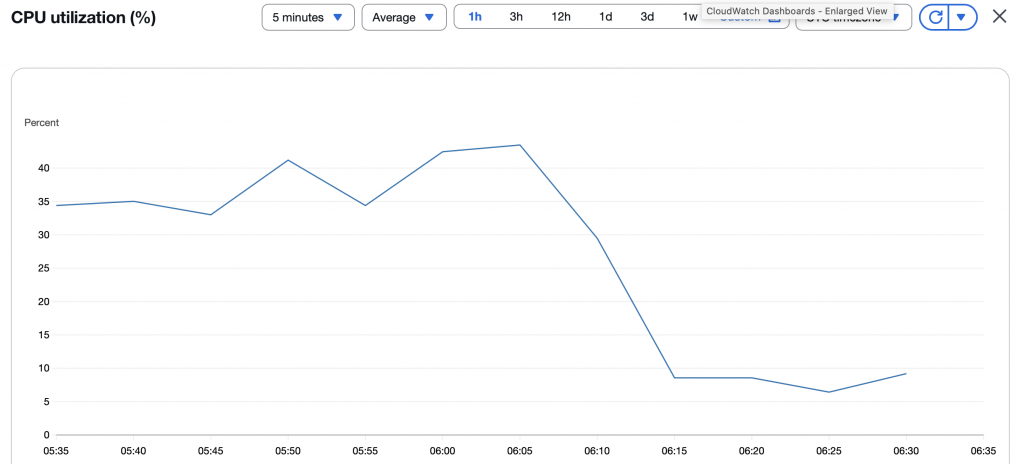I work with a small NGO that provides an essential service to citizens. In the past year, bot traffic has overwhelmed their infrastructure, growing from a nuisance to an operational challenge. Many other SaaS and SME websites face the same issue. Bot traffic mushroomed to exceed 50% of all web traffic in 2024, according to Imperva, a cybersecurity research firm. Malicious bots inflate traffic numbers without contributing any business value, and they directly hurt the bottom line. Through a multi-pronged and iterative approach, I have blocked dozens of bots and their networks, thereby reducing network traffic and server load. Below, I break down the key bot threats, the concrete costs they impose, and effective solutions to protect your platform.
Key Bot Threats to Your Web Site
To begin with, we should define what we mean by “bots.” Here, I am referring to any web visitor that is automated and under the control of an algorithm, timer, script, etc. There are three main kinds of bots that you have to worry about.
- AI Content Scrapers: These bots crawl your site to grab content (often to feed AI models) at an aggressive scale. In some cases, a majority of your traffic might secretly be AI scrapers. Reports show up to 97% of traffic on certain sites came from AI companies’ bots. They ignore polite crawling rules and hit pages repeatedly, consuming massive bandwidth and server resources.
- Bots Scanning for Misconfigurations: Many bots scour websites looking for any security gap or sensitive file left exposed. They’ll try common admin paths and look for secrets files or backups. If your site has a misconfigured directory or forgotten file, these bots will find it and potentially exploit it. The people running these might be organized groups, or it maybe someone who copied a script. Some of them may be security researchers. It’s impossible to tell and best to block them all.
- Aggressive Crawlers: Not all bots are stealing content or hacking. Some are generic web crawlers or scrapers that simply hit your site far too hard. They may ignore
robots.txtand cache rules, flooding your servers with requests. Traffic can spike to 10× the normal load within minutes when aggressive bots descend, bypassing caching and forcing your app to generate responses for every request. The result is sluggish performance or even downtime that resembles a DDoS attack in effect (even if the bot’s intent isn’t overtly malicious).
Concrete Cost Impacts of Bad Bot Traffic
Unmanaged bot traffic leads to very real costs for SaaS businesses. Here are the primary impacts:
- Wasted Bandwidth: Every byte sent to a bot is bandwidth you pay for without any customer benefit. For instance, one company found that after blocking AI scrapers, their daily traffic dropped from 800 GB to 200 GB, a 75% reduction, saving about $1,500 per month in bandwidth fees. In short, bots can burn through your data transfer allotments and rack up cloud egress charges for no return.
- Increased Server Load: Unchecked bots run up your processor and memory usage by making endless requests. Your infrastructure has to work overtime to serve bots that masquerade as real users. In fact, bad bots make up an estimated 30%+ of all internet traffic. That means a substantial portion of your server capacity might be wasted on fake visitors. This artificial load can force you to scale up instances or allocate more CPU/RAM, just to keep systems stable during bot traffic spikes.
- Degraded Website Performance: Bot swarms don’t just quietly use bandwidth and server capacity. They slow down your site. When excessive bot hits strain your servers and clog up databases, real users get slower page loads or even timeouts, essentially undermining your SaaS product’s responsiveness. A slower site frustrates customers and can cost you conversions or revenue.
Ultimately, more bandwidth and more server load translate to higher bills. Many SaaS teams find themselves needing to upgrade to larger hosting plans or add servers sooner than expected due to bot traffic. For example, one e-commerce company discovered that about one-third of its total infrastructure capacity was being consumed by malicious bots, triggering auto-scaling to spin up extra servers and effectively burning money to accommodate fake traffic. Over time, this means spending significantly on cloud instances, CDNs, and hardware just to handle bots.
Effective Solutions to Block Malicious Bots

Protecting your SaaS platform from bad bots requires proactive measures beyond basic firewalls. The following solutions have proven to be effective in reducing bot traffic:
- Block Obvious Probing Behavior: Automatically block any IP addresses that exhibit telltale malicious scanning, for instance, hitting URLs like
/admin,/config,.git/, or requesting known secret files. Such requests are a clear sign of a bot hunting for vulnerabilities. By auto-blocking these IPs, you shut down bots before they can find or exploit a misconfiguration. - Ban Known Bad IP Ranges: Many aggressive bots originate from cloud data centers or known compromised networks. It’s often effective to block or rate-limit entire IP ranges that are not typical for legitimate users (for example, if you see heavy scraping from AWS, Azure, etc.). In fact, some web services have outright banned traffic from certain cloud providers after seeing huge volumes of bot hits from those sources. In extreme cases, organizations even block entire regions if they are not within their target market. Cutting off traffic from identified bad bot networks and TOR exit nodes can significantly reduce the onslaught.
- Fingerprint and Challenge Sophisticated Bots: Advanced bots rotate IPs and spoof their web browser identifier to evade simple filters. To catch these, I use advanced web request and network fingerprinting techniques. Web fingerprinting examines the technical characteristics and behavior of a visitor (e.g. browser quirks, interaction patterns) to spot when “a user” is actually an automated script. This provides a more reliable identifier than IP alone, since a bot network can switch IPs but cannot easily change its entire fingerprint. In practice, fingerprinting is one of the most precise ways to detect bots. When a known bad bot signature is detected, we can automatically block or challenge it (for example, present a proof-of-work challenge or JavaScript test) without impacting legitimate users.
All of these defenses require ongoing tuning. New bots emerge, and tactics evolve, so continuous monitoring and adjustment is key. The good news is that with the right setup, you can dramatically cut down bad bot traffic and regain control of your resources.
Conclusion: Take Action Against Bot Traffic
Unchecked bot traffic will continue to waste resources, degrade your user experience, and drive up costs. The threats are real, but so are the solutions, if you take action. By blocking malicious IPs, curbing abusive crawlers, and using smart fingerprinting to weed out bots, your SaaS business can stay a step ahead of these problems. It’s a practical investment that directly saves money and improves performance for your real customers.
Don’t let bad bots drain your SaaS platform. Reach out to a consultant to set up these protections and maintain them for you. With expert help, you can secure your site against bot threats and focus on growing your business, confident that your bandwidth and servers are serving customers, not bots.
